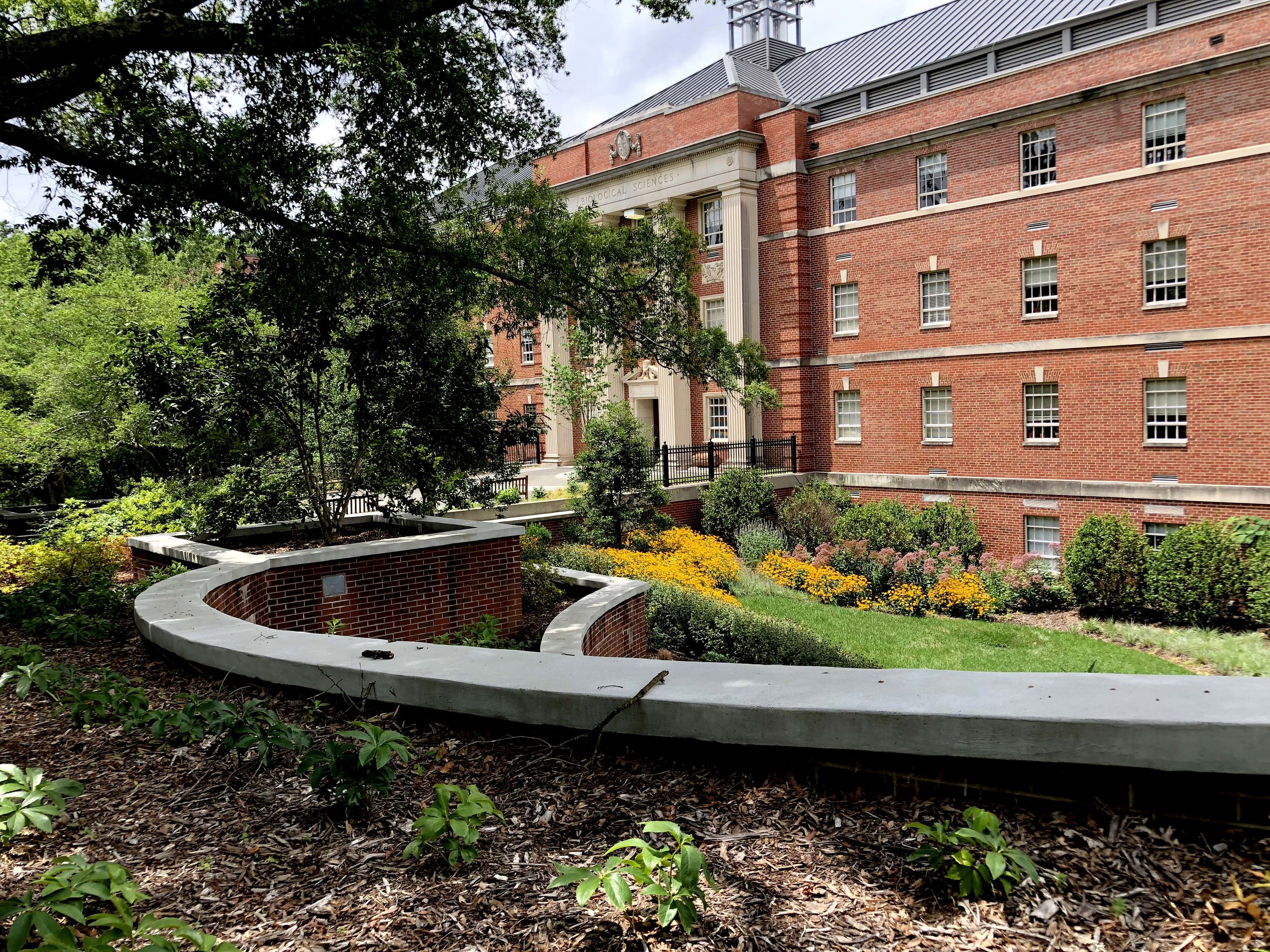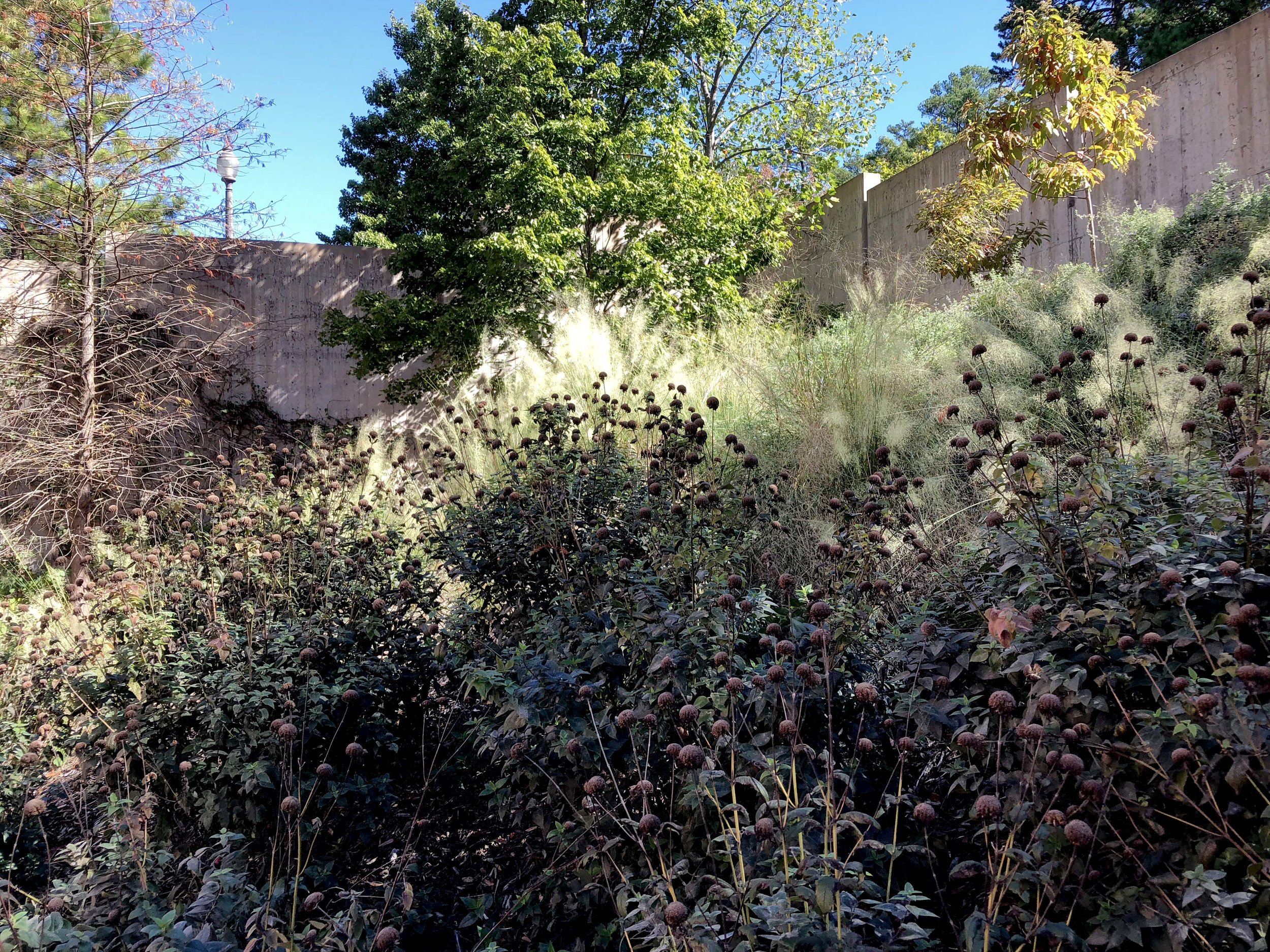




Located on Science Drive, across from the Bryan Center, the Biological Sciences building is an older brick building that had a landscape comprised of overgrown invasive species, many of which were exotic introductions from a quickly fading horticultural philosophy of purely ornamental values. Our plan for this stately campus building is to rejuvenate the landscape and create a large pollinator garden to compliment the biological sciences being studied inside. Students, faculty, and staff will be able to step outside and be surrounded by a layered landscape comprised of native perennials, shrubs, and trees.
![Lift[ED]](http://images.squarespace-cdn.com/content/v1/54592696e4b08e7e374af304/1418666118604-ODG016MFZD85TV7KJUHI/Untitled-2.png?format=1500w)
